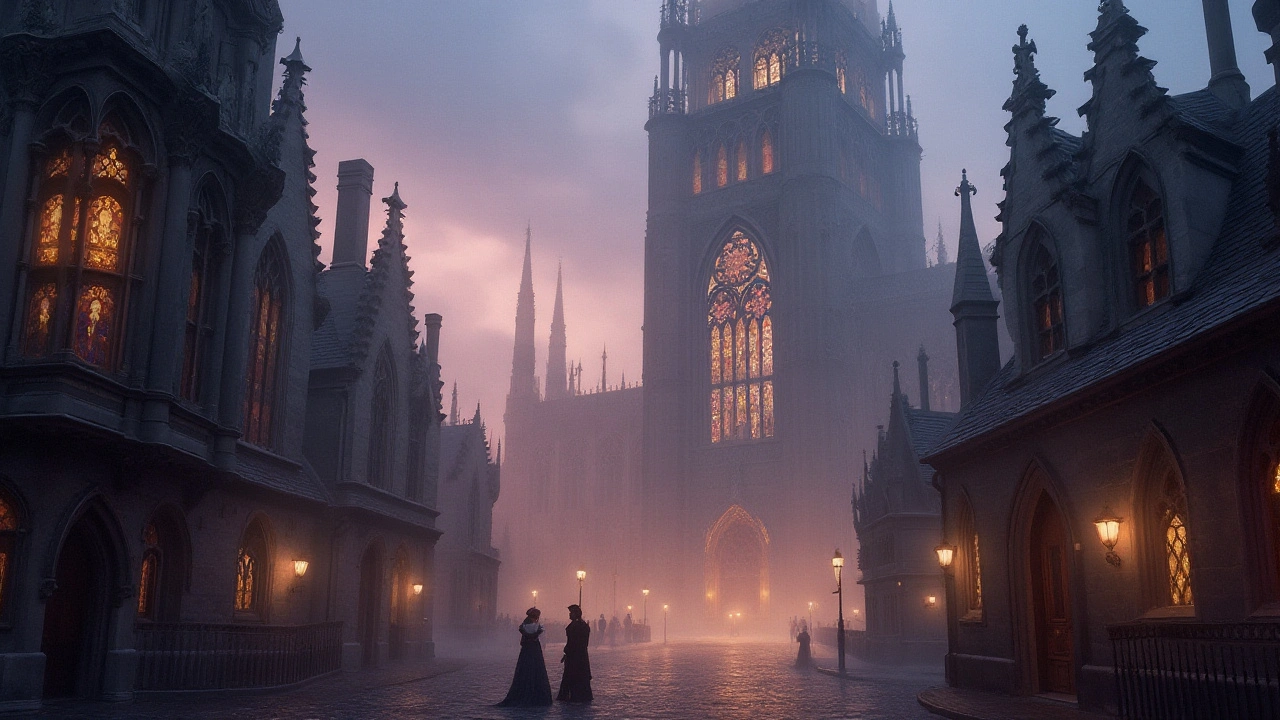Medieval Design: Practical Guide to Styles, Details, and Modern Uses
Medieval design covers a wide range of looks—from thick stone walls of Romanesque churches to the soaring pointed arches of Gothic cathedrals and the glitter of Byzantine mosaics. If you like textured surfaces, dramatic silhouettes, and craft-focused details, medieval design gives you a vocabulary to borrow. This guide breaks down the main styles, points out real features to look for, and shows simple ways to bring medieval touches into a home or project.
Start with the big styles. Romanesque is heavy and solid: rounded arches, small windows, thick columns, and rough stone. Gothic flips that mood with height and light—pointed arches, ribbed vaults, flying buttresses, tall stained-glass windows. Byzantine adds color and pattern with domes, mosaics, and decorative iconography. Together these styles create a palette you can mix carefully for atmosphere rather than historical reenactment.
Focus on materials and details you can actually use. Stone, timber, wrought iron, and hand-cut tiles are core elements. In interiors, choose a worn stone or textured plaster wall, exposed wooden beams, and simple carved wood furniture. Metalwork in black or aged bronze—hinges, handles, light fittings—gives that medieval feel without costing a fortune. Small rugs, tapestries, or patterned tiles add color where stone and wood feel heavy.
Where to see real examples
Visit churches and old town centers if you can: Romanesque churches and Gothic cathedrals are obvious classrooms. Museums and Byzantine mosaics are great for color ideas. If travel isn’t possible, look for local manor houses, preserved medieval town halls, or online virtual tours of European cathedrals. Notice how light moves in those spaces—medieval designers used light and shadow as a key part of the effect.
How to use medieval elements today
Keep it subtle. Use one or two key medieval features in a modern room: a carved wooden door, an arched nook, or a statement iron chandelier. Balance heavy textures with cleaner modern surfaces—smooth concrete or glass helps medieval pieces stand out instead of overwhelming a space. For landscaping, add a stone path, a low retaining wall, or a simple courtyard fountain to echo medieval planning without recreating a castle.
Color choices matter: deep reds, muted golds, indigo, and earthy greens pair well with stone and timber. Lighting should be warm and layered—wall sconces and candles (real or LED) recreate the cozy, intimate feel of medieval interiors. When restoring or renovating historic elements, use conservation-friendly materials and consult local preservation rules to protect heritage features.
Want more inspiration? Search examples like Romanesque churches, Gothic cathedrals, and Byzantine mosaics. Try small experiments first—paint a single archway, hang a tapestry, or add iron fittings—to see how medieval design changes a space. If it works, build from there. Medieval design is less about copying the past and more about borrowing textures, shapes, and craft to make spaces feel rooted and tactile.
Start with budget-friendly pieces and swap gradually; test paint, finishes, and lighting before making big changes to avoid costly mistakes. Work with craftsmen when possible for authenticity.

Unveiling the Dark Allure of Gothic Architecture
Gothic architecture stands as a testament to the creative genius of the medieval period, characterized by its soaring spires, intricate sculptures, and mesmerizing stained glass windows. This style emerged in 12th-century France and quickly spread across Europe, leaving behind awe-inspiring cathedrals and churches. Despite its ominous name, Gothic architecture exudes a unique romance and grandeur that captivates visitors even today. Its design elements are not just for aesthetics but serve functional purposes, an intriguing blend of beauty and engineering. Join us as we explore the captivating elements that define Gothic architecture's legacy.
Read more